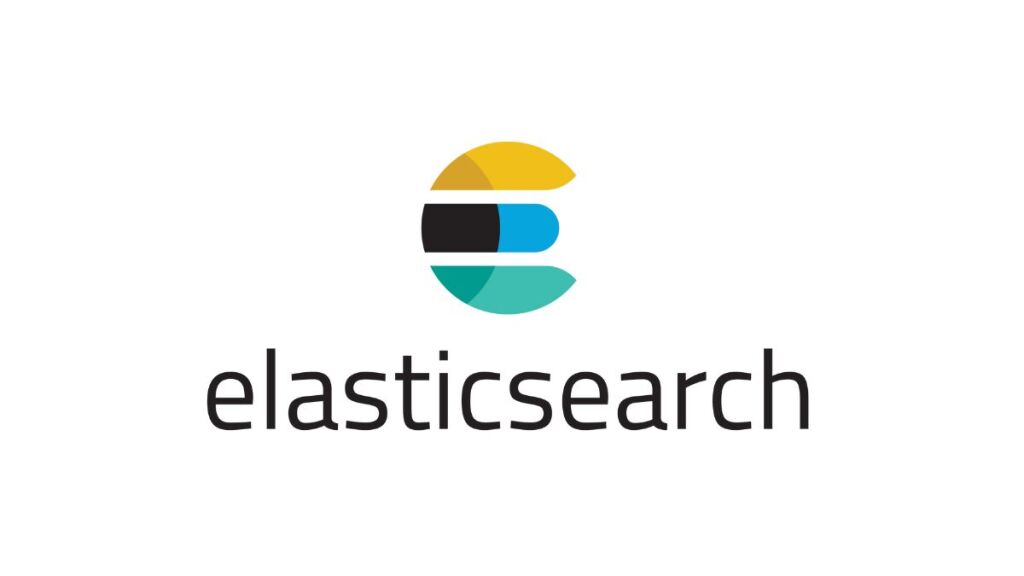Elasticsearch, as a highly scalable search and analytics engine, often contains sensitive data that necessitates secure access controls. When Elasticsearch is secured with authentication mechanisms, such as those provided by X-Pack Security (now part of the default Elasticsearch distribution), accessing the Elasticsearch HTTP API requires authentication. This article explores how to use cURL, a versatile command-line tool for transferring data with URLs, to interact with a secured Elasticsearch cluster by including a username and password in your requests.
Understanding Elasticsearch Security
Before diving into the specifics of using cURL with Elasticsearch, it’s crucial to understand that Elasticsearch can be secured using basic authentication (username and password), API keys, or PKI certificates for client authentication. Basic authentication is one of the simplest and most common methods, suitable for a wide range of use cases.
Using cURL with Basic Authentication
To access an Elasticsearch cluster that requires basic authentication, you need to include the username and password in your cURL request. The basic syntax for a cURL request with basic authentication is as follows:
curl -u username:password http://elasticsearch_host:9200Parameters Explained:
-u username:password: This flag specifies the username and password for basic authentication. cURL automatically converts this into the appropriateAuthorizationheader in the HTTP request.http://elasticsearch_host:9200: The URL of your Elasticsearch cluster. Replaceelasticsearch_hostwith the hostname or IP address of your Elasticsearch server and9200with the appropriate port number if different.
Example: Accessing Elasticsearch Cluster Health
Here’s an example of using cURL to retrieve the health status of an Elasticsearch cluster with basic authentication:
curl -u elastic:changeme http://localhost:9200/_cluster/health?prettyIn this example:
elasticis the username, andchangemeis the password. Note: It’s essential to change the default passwords and use strong, unique passwords for production environments.http://localhost:9200is the address of the Elasticsearch cluster. This example assumes Elasticsearch is running on the local machine./_cluster/health?prettyis the API endpoint for retrieving the cluster’s health status. The?prettyquery parameter formats the JSON response for readability.
Best Practices and Security Considerations
- Avoid Hardcoding Credentials: Hardcoding usernames and passwords in scripts or command lines can expose credentials to risk. Consider using environment variables or secure vaults to store sensitive information.
- Use HTTPS: When interacting with Elasticsearch over a network, especially public networks, ensure communication is encrypted using HTTPS to protect your credentials and data.
- Limit Permissions: Apply the principle of least privilege by using Elasticsearch roles and permissions to limit what authenticated users can do. Create specific users for different tasks, each with only the necessary permissions.
- Rotate Credentials: Regularly update and rotate passwords and API keys to reduce the risk of credential compromise.
Conclusion
Accessing a secured Elasticsearch cluster using cURL with basic authentication is straightforward, yet it requires careful handling of credentials to maintain security. By following the outlined steps and adhering to security best practices, developers and administrators can securely interact with Elasticsearch’s rich set of APIs for managing and querying data. Always prioritize secure methods for authentication and consider the security implications of transmitting sensitive information over networks.
- Car Dealership Tycoon Codes: Free Cash for March 2024 - April 9, 2024
- World Solver - April 9, 2024
- Roblox Game Trello Board Links & Social Links (Discord, YT, Twitter (X)) - April 9, 2024

